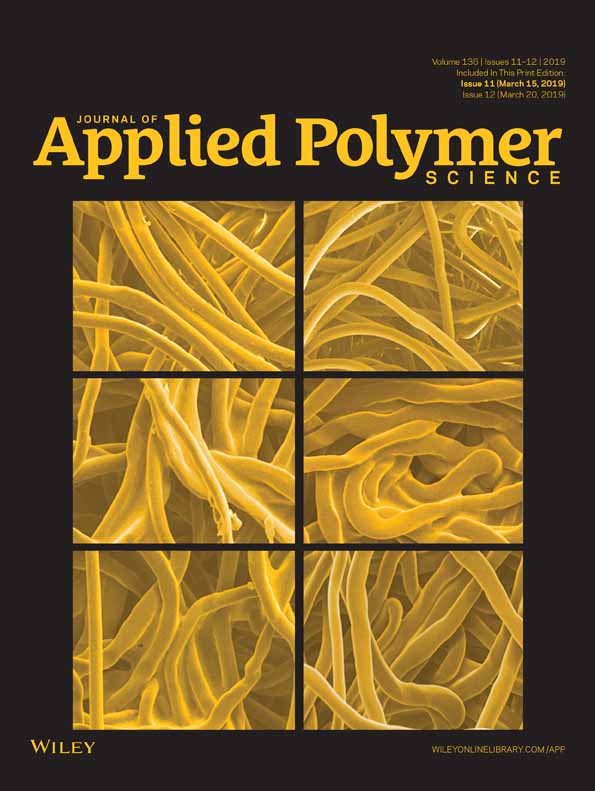Biodegradation of polyhydroxybutyrate and hollow glass microspheres composite films
ABSTRACT
Biodegradable polymers represent an alternative to the conventional ones. The polyhydroxybutyrate (PHB) is one of the most used biodegradable polymers. However, PHB presents narrow processing window, which limits its applicability. The development of PHB composites offers a solution for that drawback. In this work, PHB and hollow glass microspheres (HGMs) composite films are developed. Subsequently, the films are characterized, and the biodegradability of the films is determined by the Sturm test. A suitable distribution and intermediate dispersion of the filler throughout the matrix are observed, while adhesion between the components is not achieved. The HGM does not significantly affect the thermal properties of the systems, however, decreases the degree of crystallinity. In addition, the composite films present small values of elongation and tensile strength than the pure PHB film. Finally, the HGM modified the mechanism of biodegradation; however, there was no change in the rate of biodegradation. © 2018 Wiley Periodicals, Inc. J. Appl. Polym. Sci. 2019, 136, 47195.




